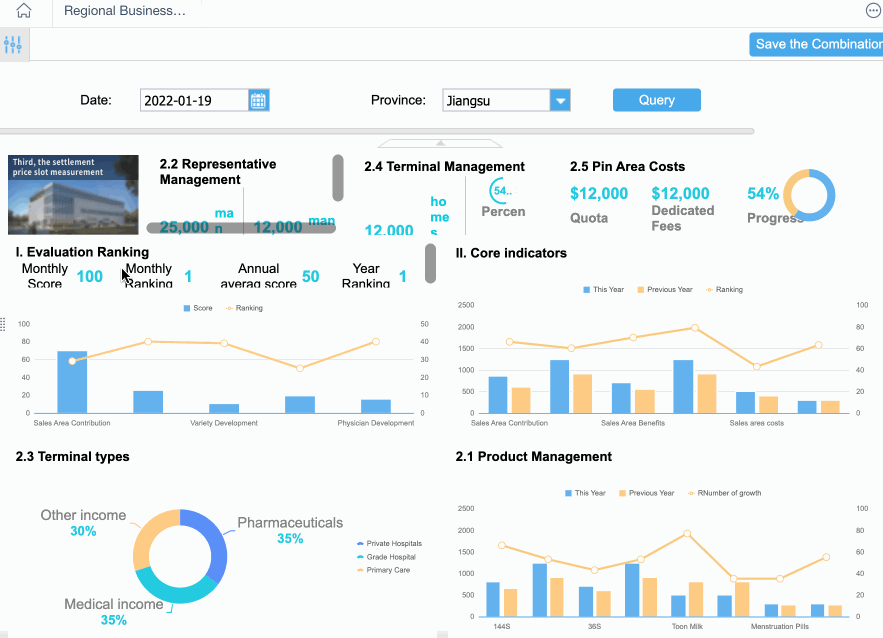Understanding Qualitative Analysis: A Comprehensive Guide
In the realm of research, qualitative analysis stands as a vital method that seeks to understand phenomena through a detailed and holistic examination of non-numerical data. Unlike quantitative analysis, which focuses on numbers and statistical correlations, qualitative analysis delves into the complexities of human experience, social contexts, and cultural nuances. This blog aims to provide a comprehensive overview of qualitative analysis, its methodologies, and its significance in various fields of study.
What is Qualitative Analysis?
Qualitative analysis is a research method used primarily in the social sciences and humanities to explore and interpret complex human behaviors, experiences, and interactions. It involves collecting non-numerical data, such as interviews, observations, and texts, and analyzing these data to identify patterns, themes, and insights.
Key Characteristics of Qualitative Analysis
- Exploratory Nature: Qualitative analysis is often exploratory, aiming to understand the ‘why’ and ‘how’ behind certain phenomena.
- Contextual Understanding: It emphasizes understanding the context in which people live and interact, providing a deeper insight into their behaviors and experiences.
- Flexibility: The methodology allows researchers to adapt their approach based on collected data.
- Rich, Detailed Data: The data collected is rich in detail, capturing the complexity of human experience.
- Subjectivity and Reflexivity: Researchers acknowledge their biases and influence on the research process, reflecting on how their perspectives shape the findings.
Methodologies in Qualitative Analysis
Qualitative analysis encompasses a range of methodologies, each with its unique approach to collecting and interpreting data. Here are some of the most commonly used methods:
- Interviews: Interviews are a primary method of data collection in qualitative research. They can be structured, semi-structured, or unstructured:
- Structured Interviews: Follow a set list of questions, providing consistency across interviews.
- Semi-Structured Interviews: Use a guide with key questions but allow for response flexibility.
- Unstructured Interviews: More like a conversation, with no predetermined questions, allowing for a free-flowing exchange of ideas.
- Focus Groups: Focus groups involve a small group of participants discussing a specific topic guided by a facilitator. This method is valuable for understanding group dynamics and collective views.
- Observations: Observational research involves the researcher immersing themselves in the environment they are studying, either as a participant or a non-participant. This method provides direct insight into behaviors and interactions in their natural context.
- Document and Text Analysis: Analyzing existing documents, texts, and media is another common qualitative method. Researchers examine content to identify themes, patterns, and meanings.
- Case Studies: Case studies provide an in-depth exploration of a single case or a small number of cases. This method is beneficial for gaining detailed insights into complex issues.
Steps in Qualitative Analysis
- Data Collection: The first step involves collecting data using the aforementioned methods. This phase requires careful planning to ensure the data collected is relevant and comprehensive.
- Data Transcription: Interviews and focus groups are often recorded and transcribed into written form. Transcription allows for a thorough examination of the data.
- Data Coding: Coding involves identifying key data themes, patterns, and categories. Researchers assign codes to different data segments, which helps organize and interpret the information.
- Thematic Analysis: Thematic analysis involves systematically identifying, analyzing, and reporting patterns (themes) within the data. It goes beyond simply counting phrases or words but focuses on interpreting the underlying meaning.
- Interpretation and Reporting: The final step is interpreting the data and reporting the findings. Researchers synthesize the themes and patterns identified, providing a narrative explaining the study’s insights.
Importance of Qualitative Analysis
Qualitative analysis is crucial for several reasons:
- Deep Understanding: It provides a deep understanding of complex phenomena that cannot be captured through quantitative methods alone.
- Contextual Insights: Offers insights into the context and environment in which behaviors and interactions occur.
- Human Experience: Captures the richness of human experience, including emotions, motivations, and cultural influences.
- Theory Development: Helps develop new theories and models by exploring new and emerging phenomena.
Challenges in Qualitative Analysis
- Despite its strengths, qualitative analysis also faces several challenges:
- Subjectivity: The subjective nature of qualitative research can lead to biases and inconsistencies.
- Time-Consuming: Collecting and analyzing qualitative data is often time-consuming and labor-intensive.
- Generalizability: The findings from qualitative research are not always generalizable to larger populations due to the typically small sample sizes.
Conclusion
Qualitative analysis is an indispensable method in the research toolkit, particularly for studies seeking to explore the depths of human behavior and social phenomena. Its emphasis on context, flexibility, and rich, detailed data allows researchers to uncover insights often missed by quantitative methods. While it comes with its challenges, its value in understanding the complexities of the human experience makes it a vital approach in academic and applied research contexts.
By embracing qualitative analysis, researchers can contribute to a more nuanced and comprehensive understanding of the world, driving innovation, empathy, and informed decision-making across various fields.
Needs help with similar assignment?
We are available 24x7 to deliver the best services and assignment ready within 3-4 hours? Order a custom-written, plagiarism-free paper







